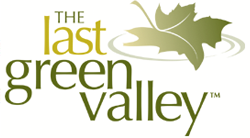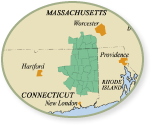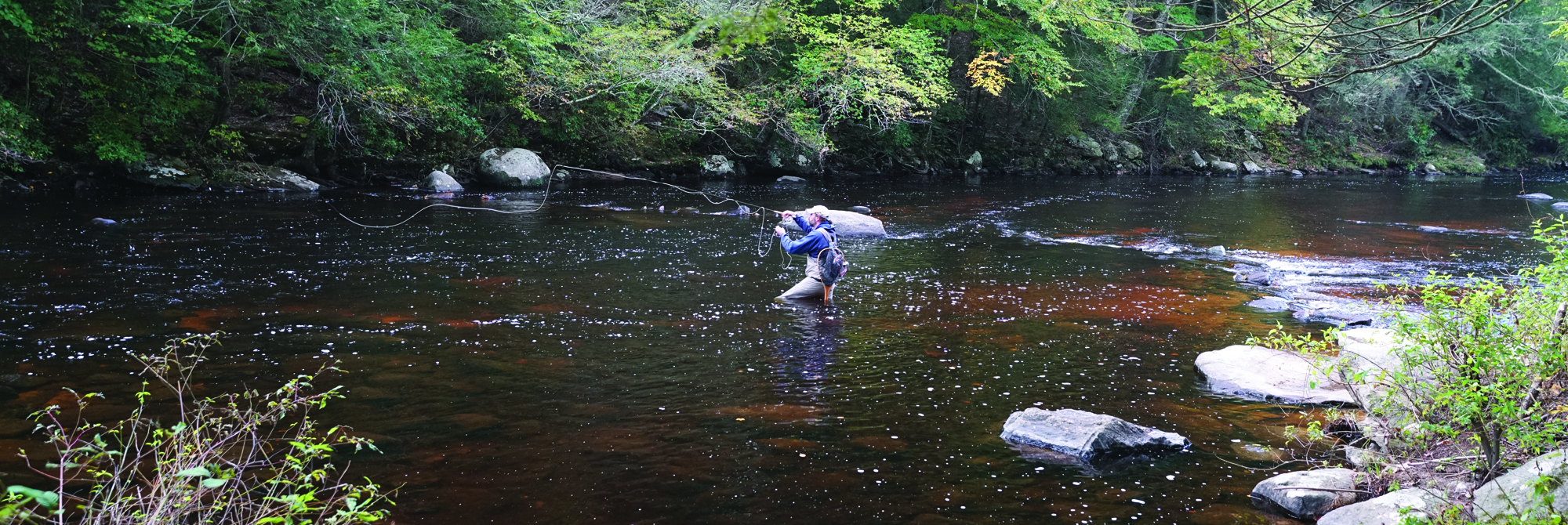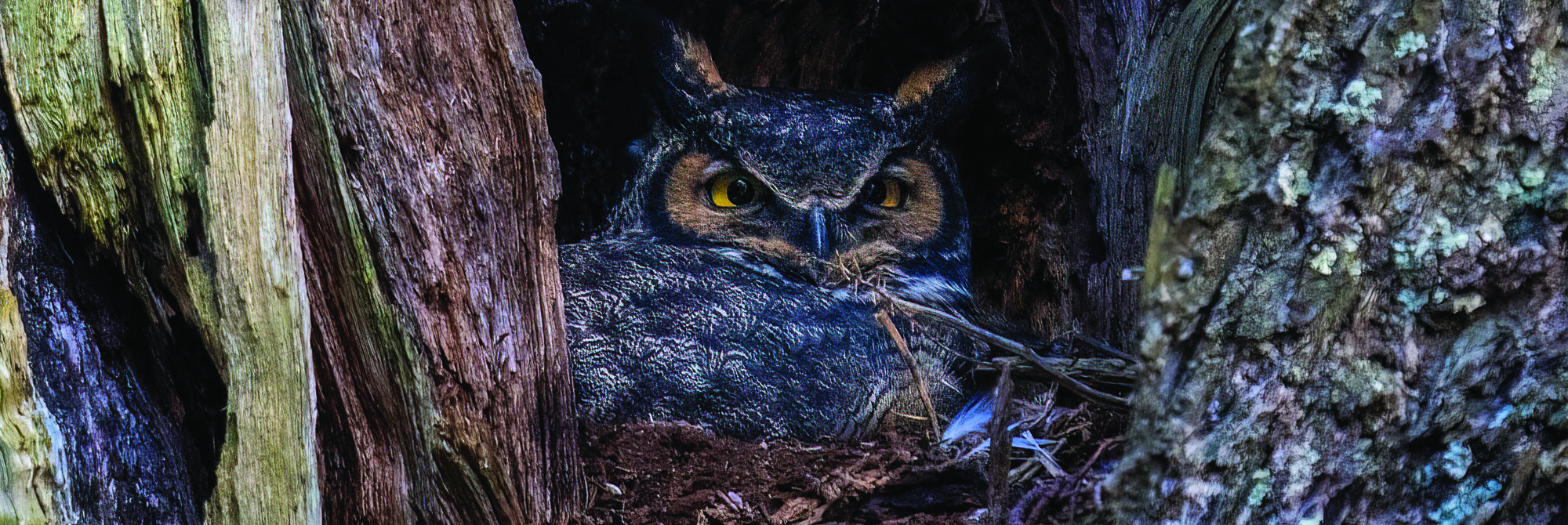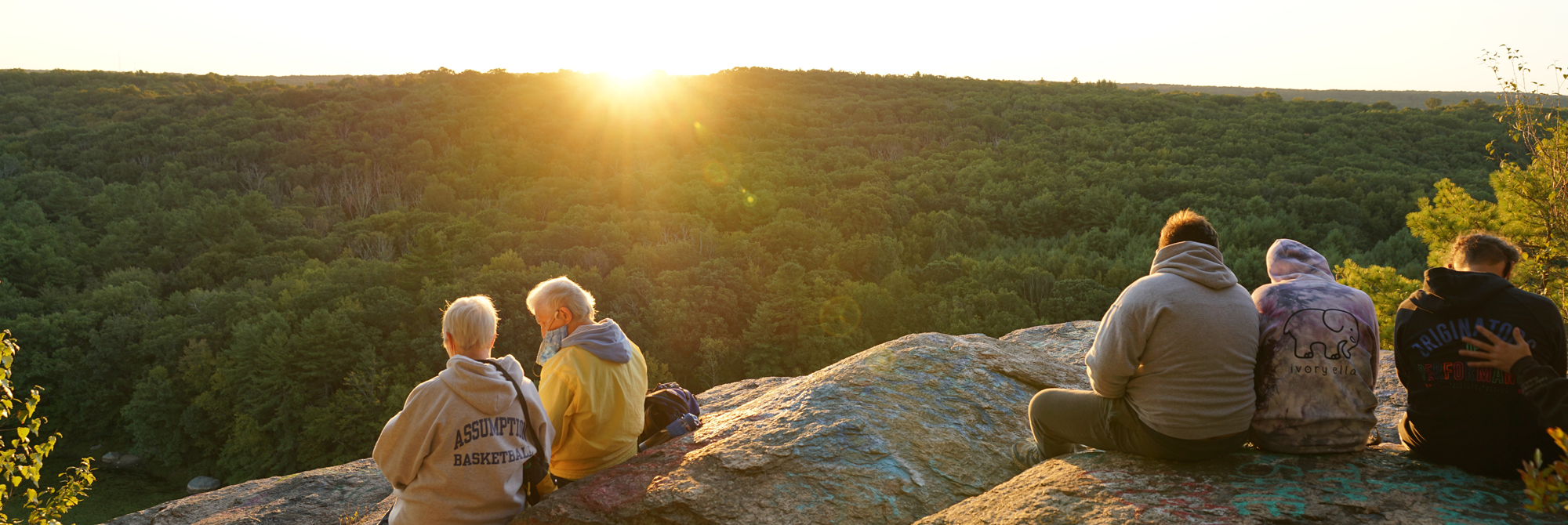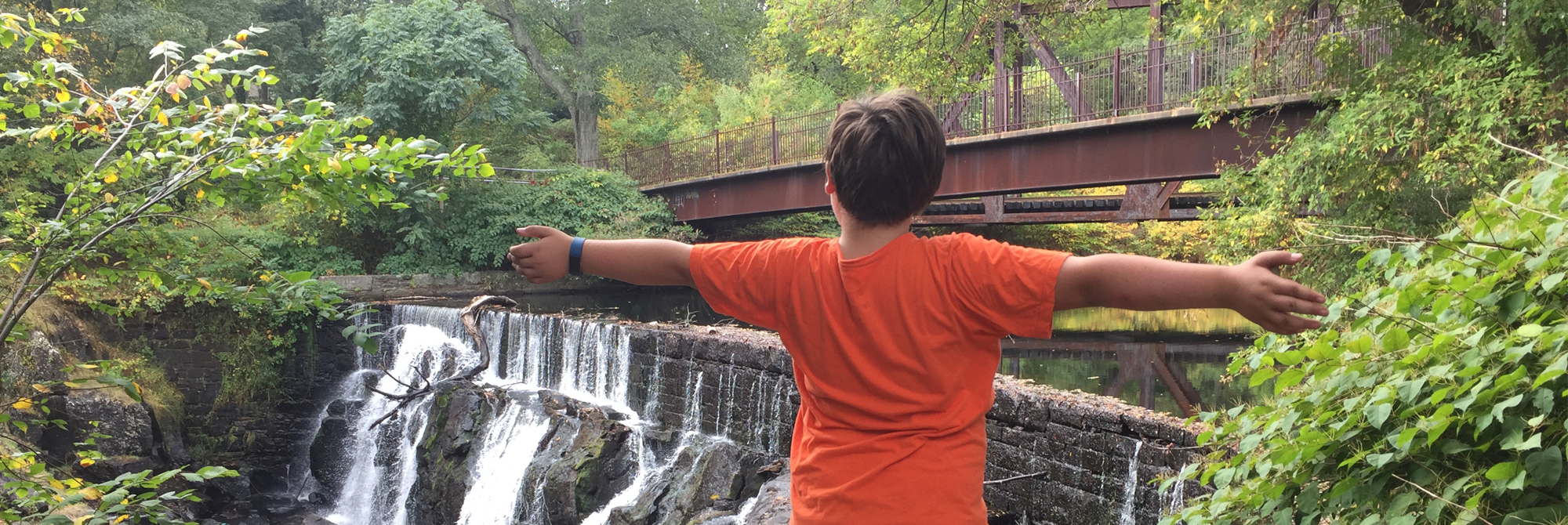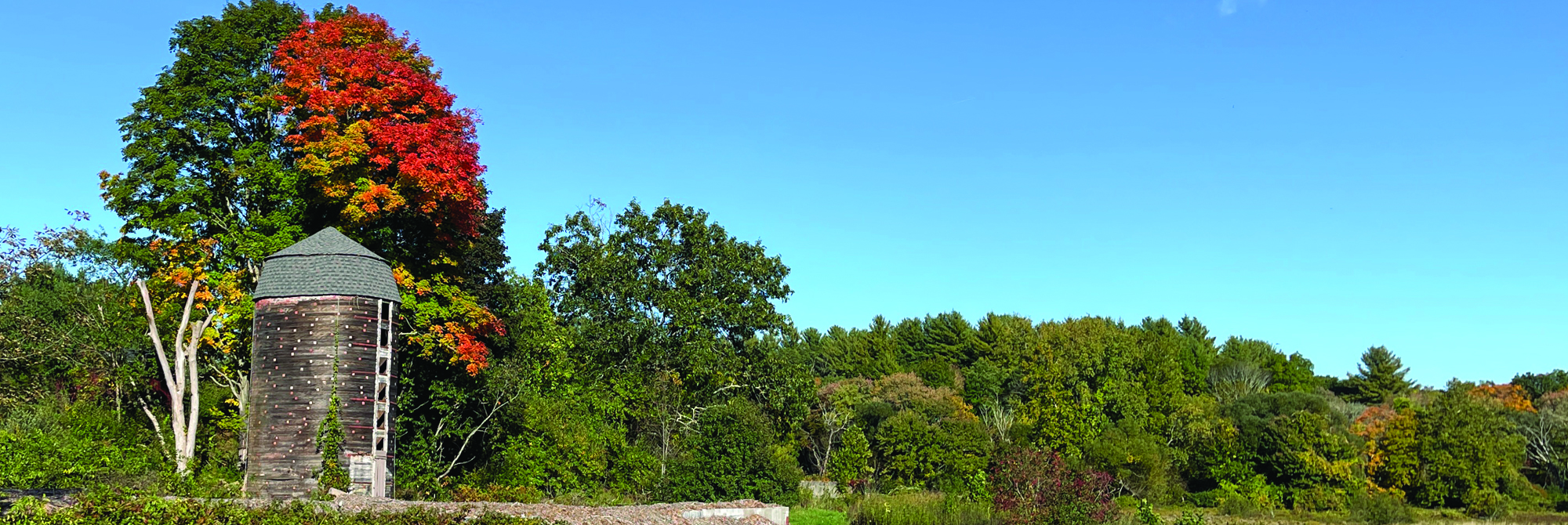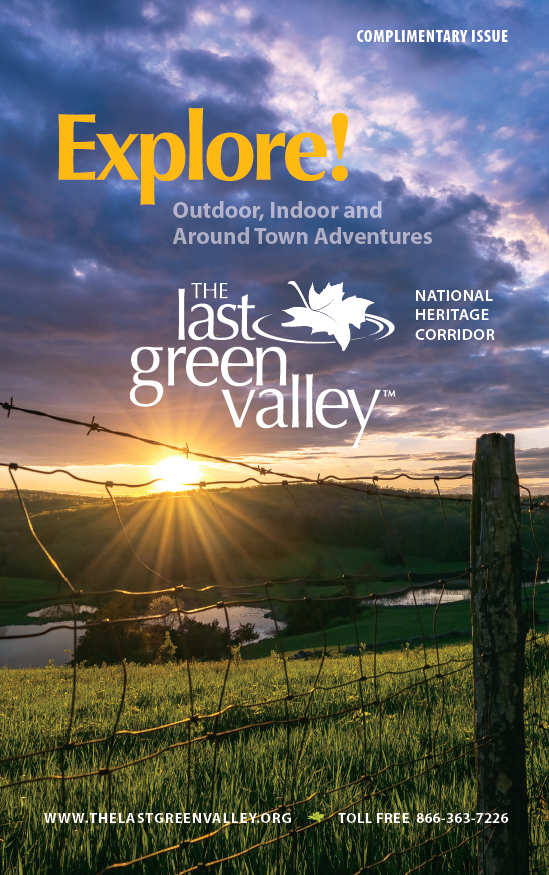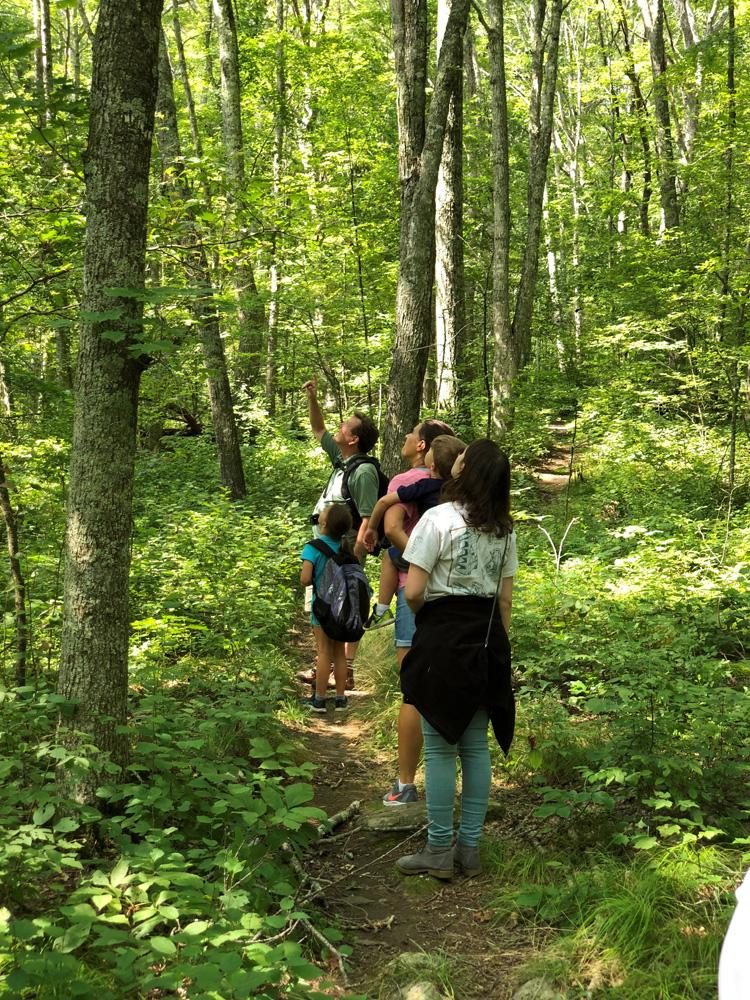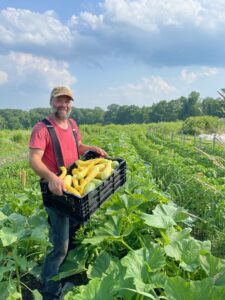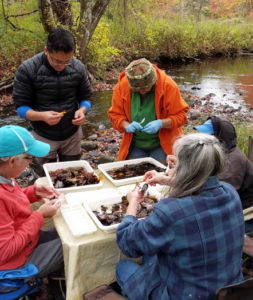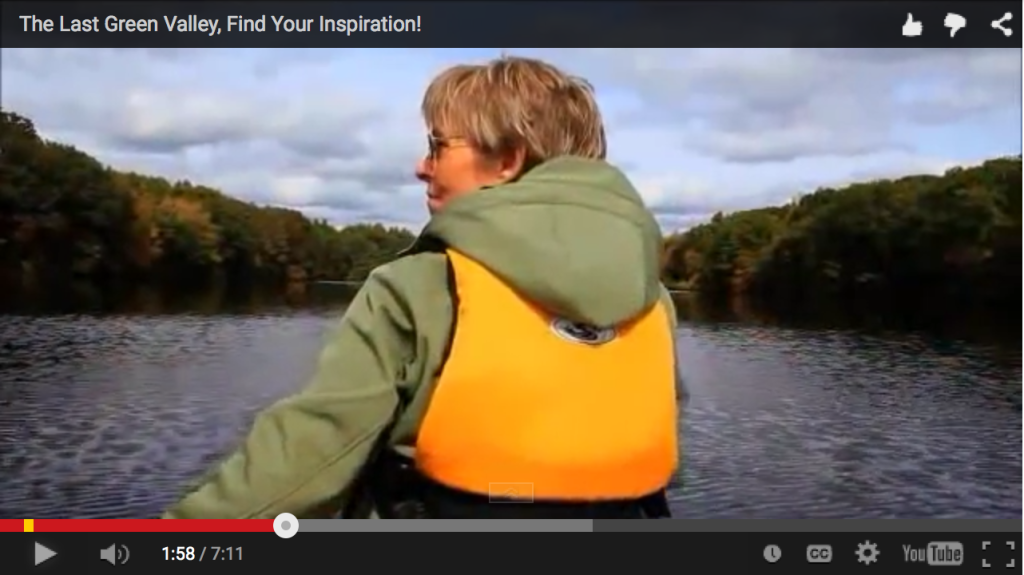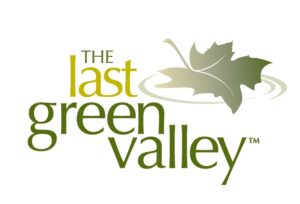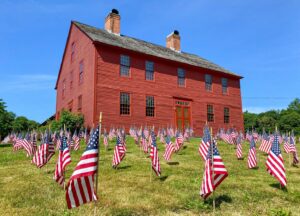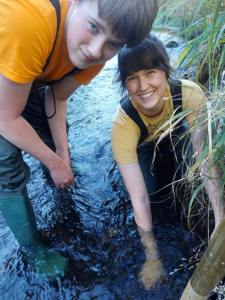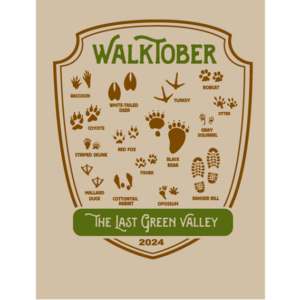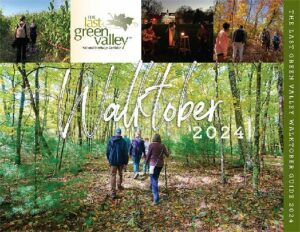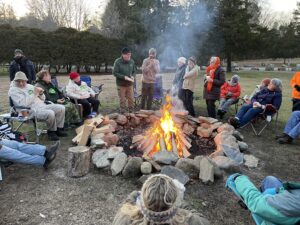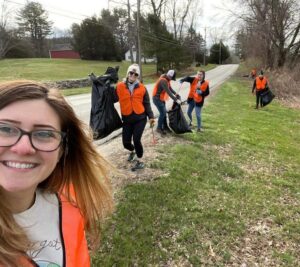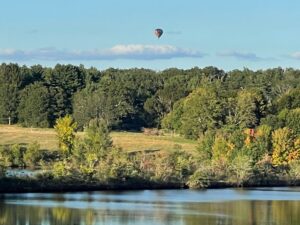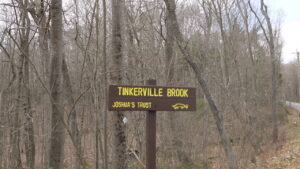Explore The Last Green Valley
What Is The Last Green Valley?
The Last Green Valley is green by day and dark by night. We are a National Heritage Corridor with a rich history in a surprisingly rural landscape. With 84% forest and farm, we are the last swath of dark night sky in the coastal sprawl between Boston and Washington DC.
The Last Green Valley, Inc. (TLGV) works for you in the National Heritage Corridor. Together, we can care for it, enjoy it and pass it on!
Bears in the Backyard

Celebrate with TLGV on November 2!
Join TLGV for our 30th Anniversary & Volunteer Appreciation Party on November 2, from 1-3 pm, at Allen Hill Farm…
TLGV Grants Available to Help Plan for America’s 250th Anniversary in 2026
As part of our effort to commemorate America’s 250th anniversary, The Last Green Valley and its partners share a commitment…
Become A Citizen Scientist and Help Protect the Waters of The Last Green Valley
Join TLGV Rangers Emma, Cassidy and Jean to learn about the Stream Riffle Bioassessment by Volunteer (RBV) Program and how…
Get Your Walktober Shirts!
The 2024 Walktober shirts celebrate the array of creatures enjoying autumn and Walktober here in The Last Green Valley. The…
Walktober is Here!
There are more than 250 Walktober programs for you to explore the Heritage Corridor! With the help of more than…
Rangers Wanted
Join the TLGV volunteer team and become a Ranger. As a Ranger you’ll help inspire others to care for, enjoy…
Keeping The Last Green Valley Clean and Green!
Show your love for The Last Green Valley by organizing an Earth Month or River Cleanup, Pollinator Planting or Invasive…
Outdoor Adventures with Ranger Bill — Enjoying West Thompson Lake
In The Last Green Valley we are fortunate to have several U.S. Army Corps of Engineers (USACOE) project areas. I…
Ranger Bill’s Outdoor Adventures – Tinkerville Brooke in Ashford, CT
One of my favorite hikes is Tinkerville Brook in Ashford, CT. It is one of many properties owned by Joshua’s…
Get Connected
Sign up for our e-newsletter
"*" indicates required fields
35 Towns In The Last Green Valley
in Eastern Connecticut and South-Central Massachusetts
CLICK on a town and EXPLORE
Ashford - Brimfield - Brooklyn - Canterbury - Chaplin - Charlton - Coventry - Dudley - East Brookfield - Eastford - Franklin - Griswold - Hampton - Holland - Killingly - Lebanon - Lisbon - Mansfield - Norwich - Oxford - Plainfield - Pomfret - Preston - Putnam - Scotland - Southbridge - Sprague - Sterling - Sturbridge - Thompson - Union - Voluntown - Webster - Windham - Woodstock
